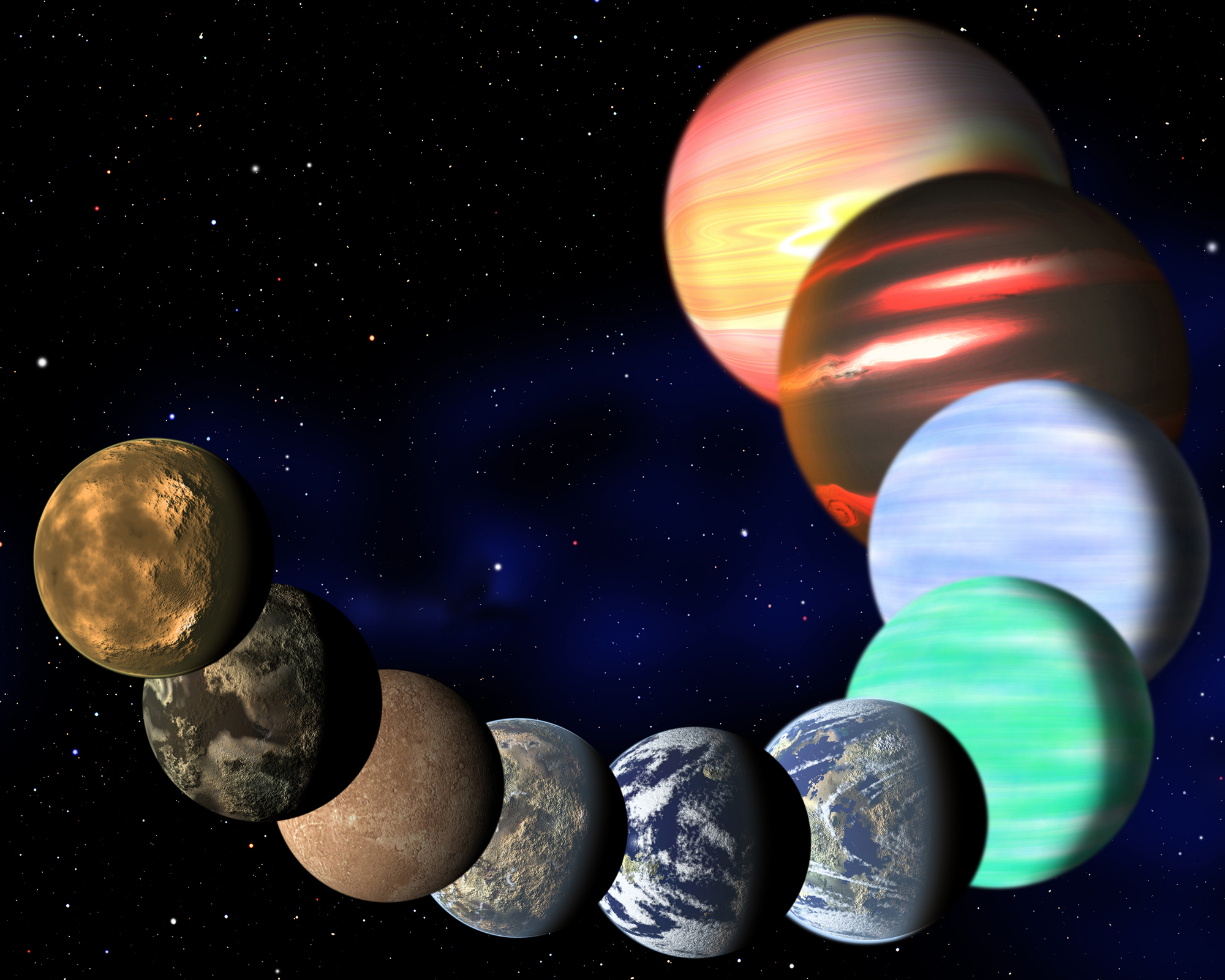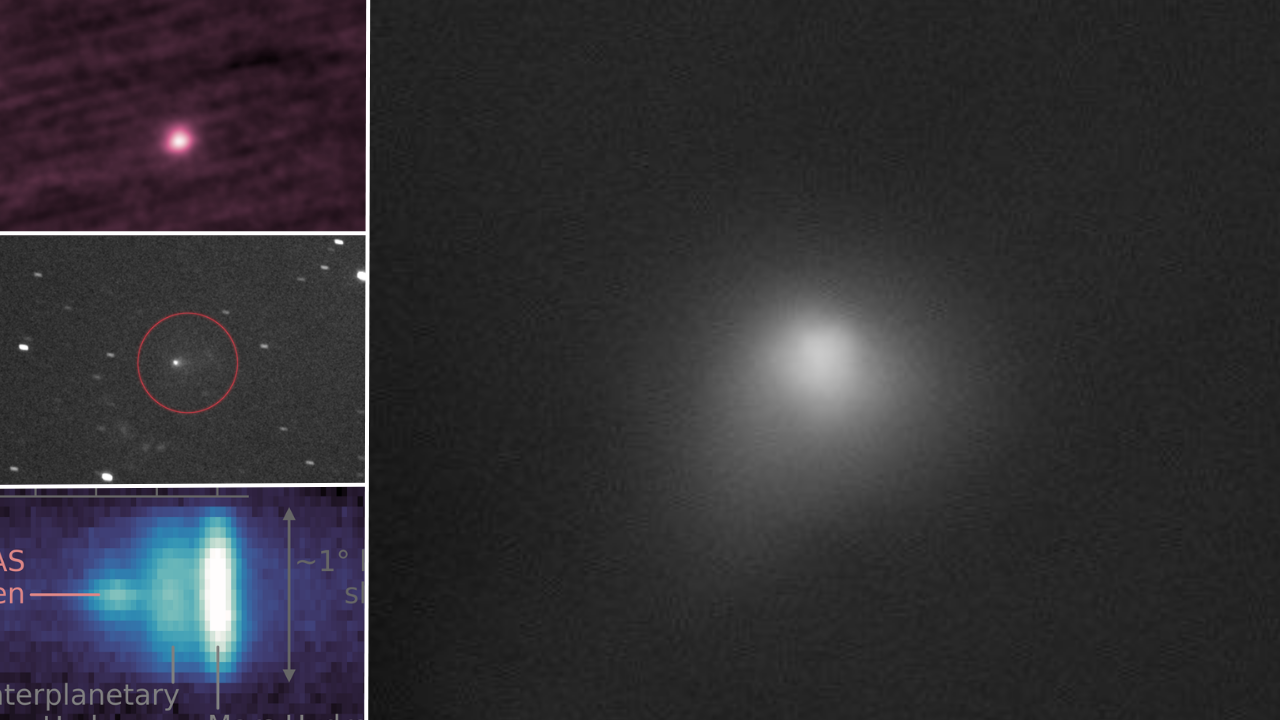Alien Planet Count Passes 1,000 Worlds, a Milestone

Just two decades after first spotting planets orbiting a star other than our own sun, astronomers have notched a big milestone — the 1,000th alien planet.
Two of the five main databases that catalog exoplanet discoveries list 1,010 confirmed alien worlds as of today (Oct. 23). That's a lot of progress since 1992, when researchers found the first-ever exoplanets orbiting a spinning neutron star, or pulsar.
"The discovery of many worlds around other stars is a great achievement of science and technology. The work of scientists and engineers from many countries were necessary to achieve this difficult milestone," Abel Mendez Torres, of the University of Puerto Rico at Arecibo's Planetary Habitability Laboratory, said in a statement Tuesday (Oct. 22). [The Strangest Alien Planets (Gallery)]
"However, 1,000 exoplanets in two decades is still a small fraction of those expected from the billions of stars in our galaxy," he added. "The next big goal is to better understand their properties, while detecting many new ones."
Indeed, the current tally is likely just the tip of the exoplanet iceberg. For example, a study published last year estimated that every star in the Milky Way hosts 1.6 planets on average — meaning that our galaxy likely harbors at least 160 billion alien worlds.
And those are just the planets with obvious parent stars. Another recent study calculated that "rogue planets" — those that cruise through space apparently unbound to any star — may outnumber "normal" worlds by 50 percent or so.
The number of confirmed planets should continue its dramatic upward swing in the near future as astronomers continue to hone their techniques and analyze data collected by instruments on the ground and in space.
Breaking space news, the latest updates on rocket launches, skywatching events and more!
The most prolific of these instruments is NASA's Kepler spacecraft, whose planet-hunting mission came to an end this past May after four years when the second of its four orientation-maintaining reaction wheels failed. Kepler has flagged nearly 3,600 planet candidates to date. Just 156 of them have been confirmed so far, but mission scientists expect at least 90 percent will end up being the real deal.
The five main exoplanet-discovery databases, and their current tallies, are: the Extrasolar Planets Encyclopedia (1,010); the Exoplanets Catalog, run by the Planetary Habitability Laboratory (1,010); the NASA Exoplanet Archive (919); the Exoplanet Orbit Database (755); and the Open Exoplanet Catalog (948).
The different numbers reported by the databases reflect the uncertainties inherent in exoplanet detection and confirmation.
Follow Mike Wall on Twitter @michaeldwall and Google+. Follow us @Spacedotcom, Facebook or Google+. Originally published on SPACE.com.

Michael Wall is a Senior Space Writer with Space.com and joined the team in 2010. He primarily covers exoplanets, spaceflight and military space, but has been known to dabble in the space art beat. His book about the search for alien life, "Out There," was published on Nov. 13, 2018. Before becoming a science writer, Michael worked as a herpetologist and wildlife biologist. He has a Ph.D. in evolutionary biology from the University of Sydney, Australia, a bachelor's degree from the University of Arizona, and a graduate certificate in science writing from the University of California, Santa Cruz. To find out what his latest project is, you can follow Michael on Twitter.

